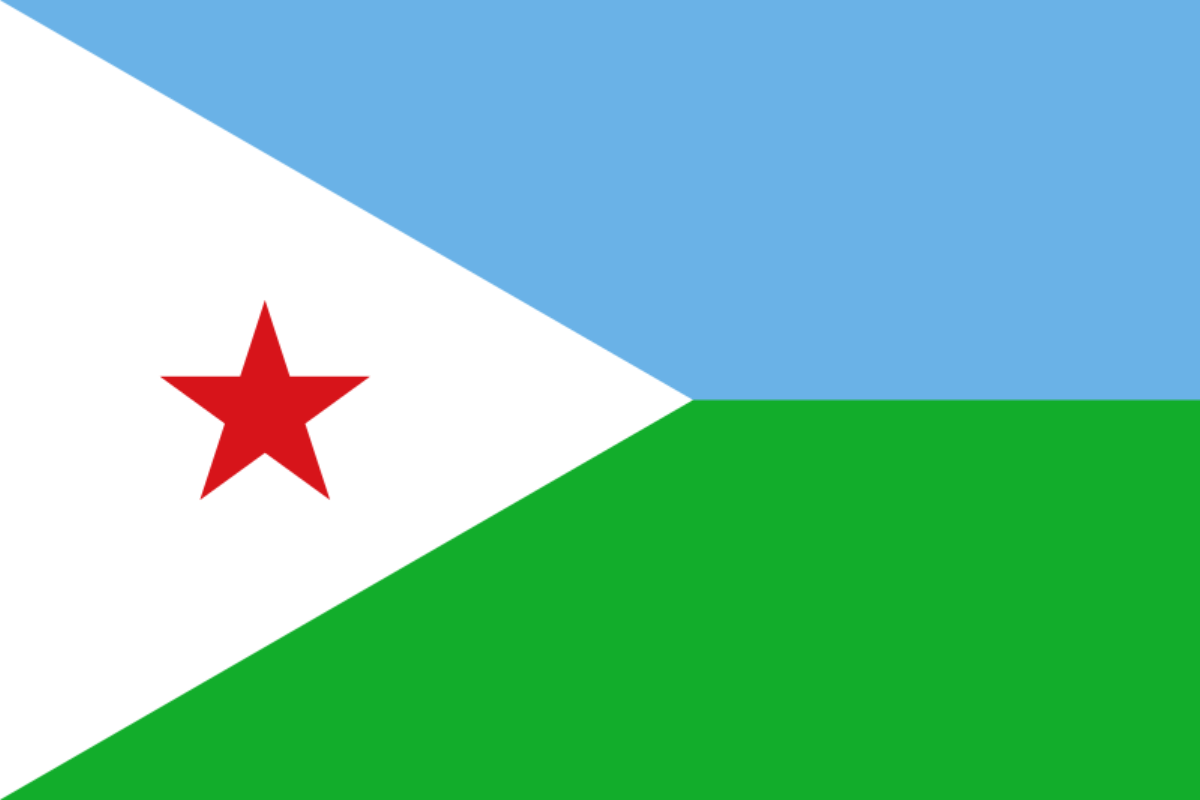Djibouti has no official national animal, and despite what you may read elsewhere there are no elk in the country. Perhaps the most recognizably Djiboutian animal is the Soemmerring’s gazelle, warthog, or hamadryas baboon. All of these are important national icons with perhaps the gazelle being the most iconic.
So, again, at present, Djibouti does not have an officially designated national animal.
Not all countries do, and in part this may simply be down to the diversity of life in Djibouti.
There is not a single species that dominates either physically or in the minds of the people, but the Soemmerring’s gazelle is perhaps the best candidate.
Let’s find out more.

What is the national animal of Djibouti?
Officially, Djibouti does not have a national animal.
There is no one single species that is designated by the country’s government, or even really unofficially by its people, as the national animal.
This is by no means a universal feature of nation states today.
Many countries do choose a national animal and for many it even becomes a vitally important national symbol, featuring on flags and coats of arms.
But this is by no means a requirement, and many countries, including Djibouti, simply have never chosen a national animal.
With that said, among the most numerous animals in the country are a couple of species of ungulates such as the Dorcas gazelle or the Soemmerring’s gazelle.
The Soemmerring’s gazelle perhaps makes the best candidate for an unofficial national animal in Djibouti.
They can be found across the Horn of Africa, living in Djibouti, Eritrea, Ethiopia, Somalia and historically in South Sudan, where they are now extinct.
Like most gazelle, they tend to prefer open steppes with brush and acacia.
Sometimes they may instead inhabit steppes with some trees.
They are quite tall, usually around 2.5-3 feet at the shoulder, and typically weighing around 80-100 pounds.
There are three recognized subspecies of which one is a dwarf variant which developed out of a population which became established on the island of Dahlak Kebir.
They were first identified by modern zoology in 1828, by German physician Philipp Jakob Cretschmar, though they were named after Samuel Thomas von Sommerring, a German physicist.
They are presently threatened and their population numbers have been declining due to habitat destruction and hunting, and have disappeared from a great deal of their historic range.
Due to their small numbers they are much understudied.
What animal is Djibouti known for?
Djibouti is known for a wide variety of species, with as many as 493 species of invertebrates being native to the country.
There are also 455 species of fish, 40 species of reptile, 3 species of amphibian, 360 bird species and around 66 species of mammal.
The most common and numerous mammal species are the various species of antelope, and are in a much better state of conservation now than they were in the past.
You can also find zebra and baboons in the country.
In the Dry National Park, warthog are also found—an iconic African mammal that is found over a large range in Sub-Saharan Africa.
They are quite vulnerable today due to hunting and the loss of their habitat, but conservation efforts are also underway in Djibouti to protect them.
In the coastal waters, you can find many species also; dugongs are a common sight as well as Abyssinian genets.
This is among the least known genet species, and there are not even enough on record to make estimates about their conservation status.
You can also find green and hawksbill turtles in the waters and nesting on the shores.
Northeast African cheetahs were once common in Djibouti, though they are now thought to be extinct in Djibouti.
How many gazelles are left in the world?
It’s worth noting that “gazelle” is a very broad category that includes a great many different species.
There are three genera of gazelles and around 17 extant species.
The conservation status of each of these different species varies a lot, and so it’s hard to give precise overall numbers on their populations.
Many are well conserved, but a great many are under threat, and even critically endangered.
As mentioned, the Soemmerring’s gazelle in particular is very hard to estimate population figures for it as it is very much understudied.
What is a group of gazelles called?
A group of gazelle is simply called a herd like other groups of ungulates or large mammals.
Usually, the kinds of colorful collective nouns that you come across for groups of animals, like a murder of crows or a parliament of owls, are just popular terms used outside the scientific community.
There is, then, no specific or special term for a group of gazelle, they are just a herd.
If you have a herd of just males then this is often referred to as a bachelor’s herd, simply to distinguish it from a herd of females or a wider social group including males and females.
Djibouti has enormously diverse biospheres which are home to a vast array of different animals.
Despite, or perhaps even because of this, there is no one single species that is recognized as the national animal.
There are many diverse animals living in the country though the most numerous are various ungulates like dik-dik and gazelle.
If ever the country does decide on a national animal, it may well be one of these.
